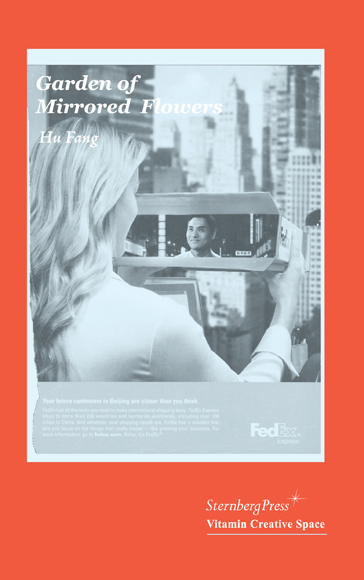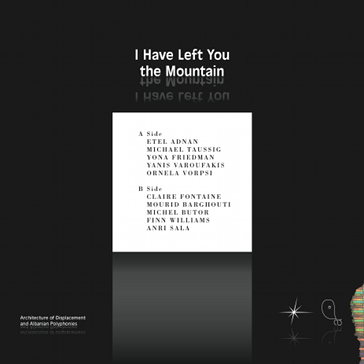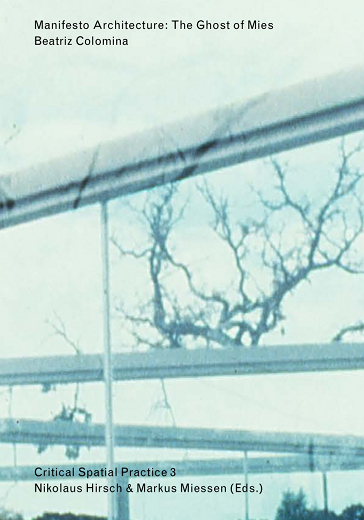Your cart is currently empty.
Cart
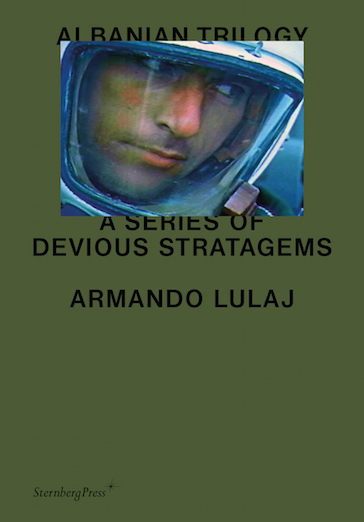
Albanian Trilogy
A Series of Devious Stratagems
Edited by Marco Scotini
Contributions by Jonida Gashi, Boris Groys, Hou Hanru, Armando Lulaj, Edi Muka, Elidor Mëhilli, Marco Scotini
This catalogue-reader accompanies Armando Lulaj’s project for the 56th Venice Biennale. Curated by Marco Scotini, Lulaj’s exhibition in the Albanian Pavilion is a time capsule of the country’s past, presenting strange memorabilia and trophies that tread the line between fact and fiction. Combining evocation and documentation, Lulaj concentrates on a historic-political phase that was extremely important for building an identity that was not just Albanian but also international. On display are three videos and archival materials, as well as an enormous whale’s skeleton, which is both protagonist and silent witness—an incarnation of the giant Leviathan, the Hobbesian principle of sovereignty. Parallel to the exhibition, this collection of essays, film stills, and original and archival photographs ruminates on communism’s mechanisms of power and socializing myths through the lens of Albania’s geopolitical situation. The publication in turn offers another process of mythologizing.
Curator Marco Scotini’s essay overviews Lulaj’s political task and his use of unusual emblematic forms to represent one of the most internationally isolated political states of former Eastern Europe. Historian Elidor Mëhilli’s text offers a history of the Communist Party of Albania, acknowledging that the mechanism of propaganda worked best when it did not entirely erase the record, but selectively altered it. Boris Groys further enriches the discussion by expanding the relationship of the Albanian Trilogy to the local situation of Albania to view the communist project as a model for society very much cultivated in relation to the outside world, the “West,” as another mythology. A conversation between Hou Hanru and Armando Lulaj, along with Edi Muki’s reading of the trilogy, focuses on the methods of historical reconstruction as cross-disciplinary and located between the role of the artist and the social archaeologist. A film analysis by Jonida Gashi examines the three works through Lulaj’s focus on the unseen figure as way of critiquing the production of the social body—the extras in cinema being analogous to the people in history.
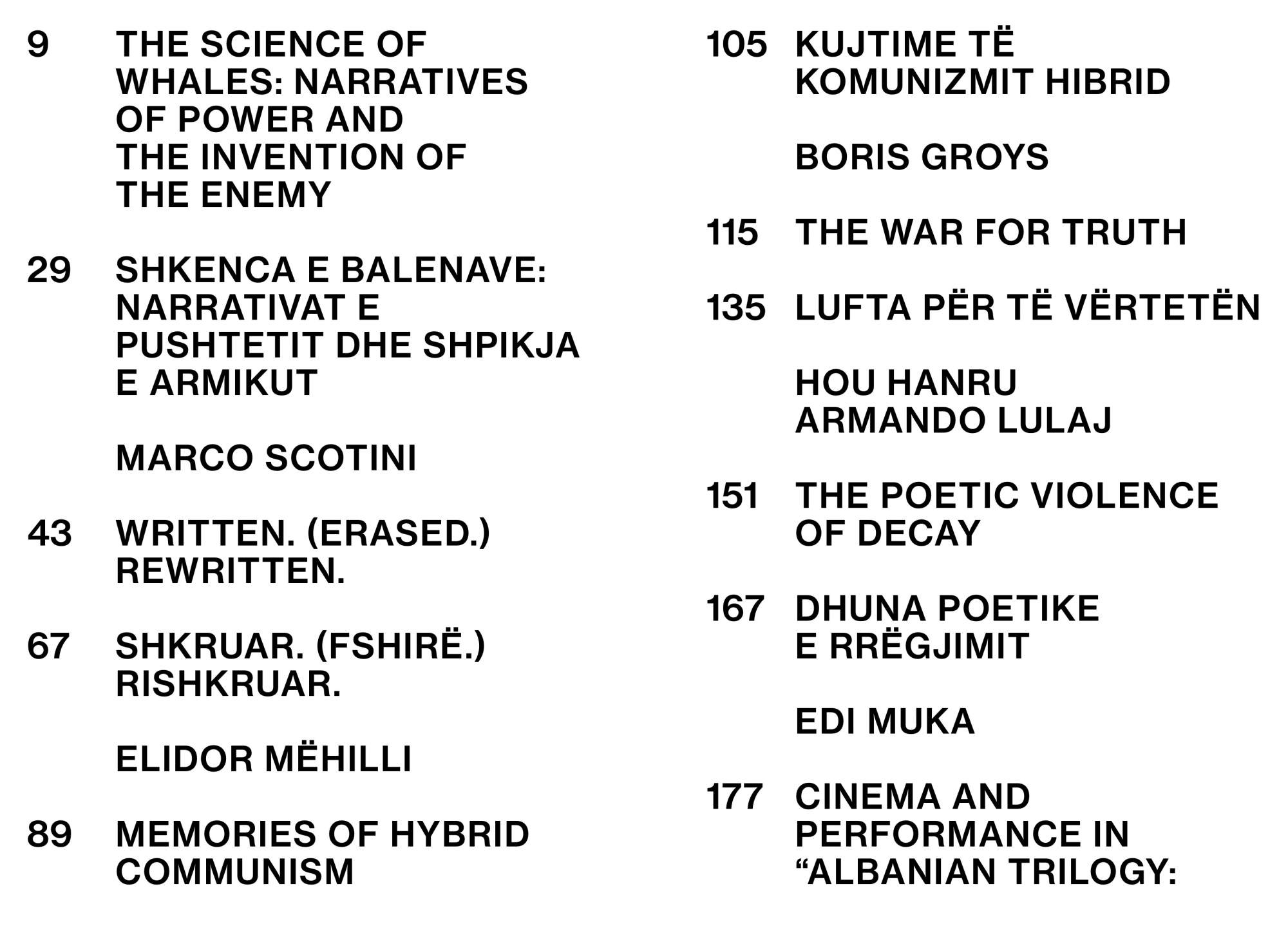
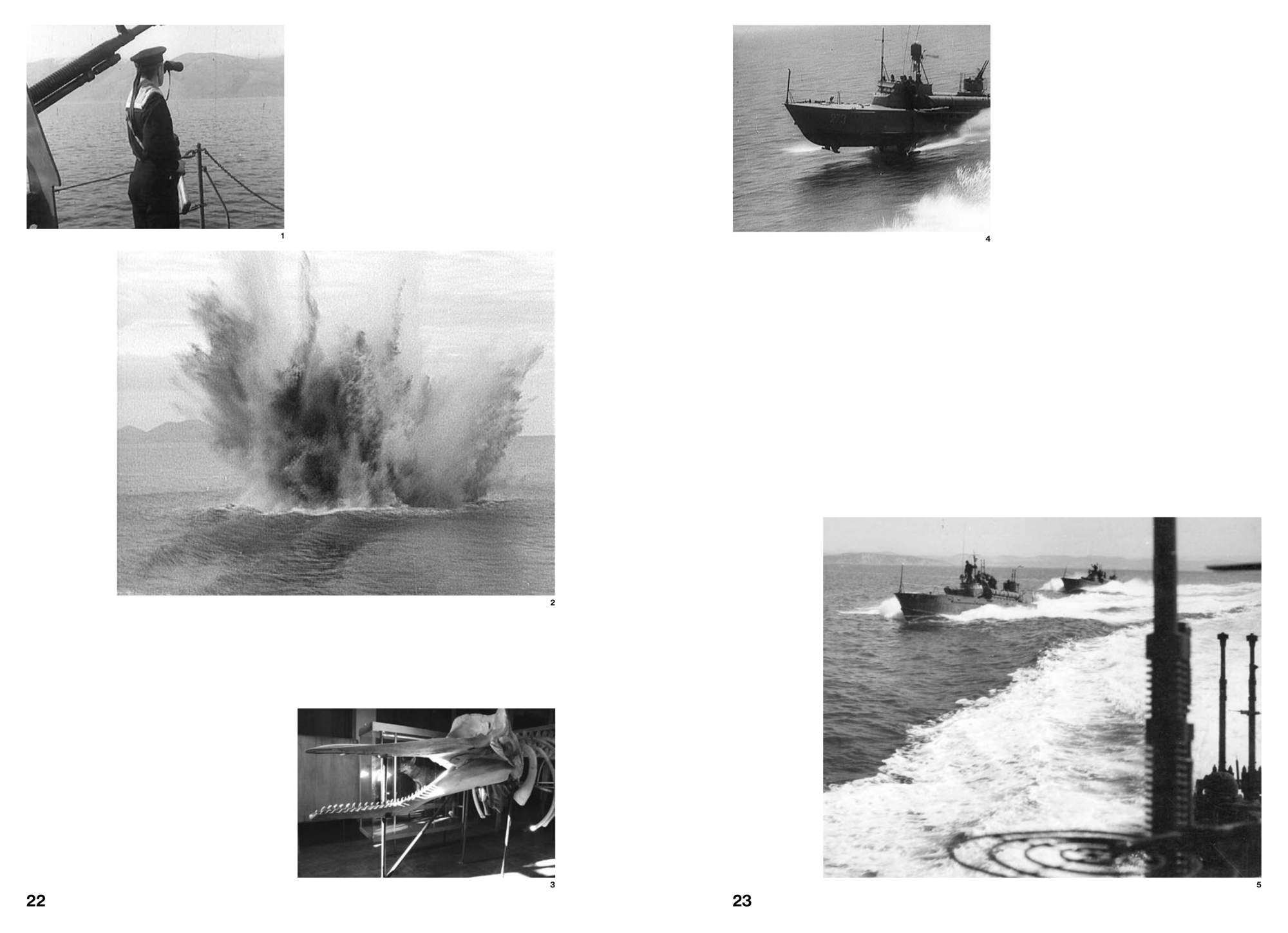
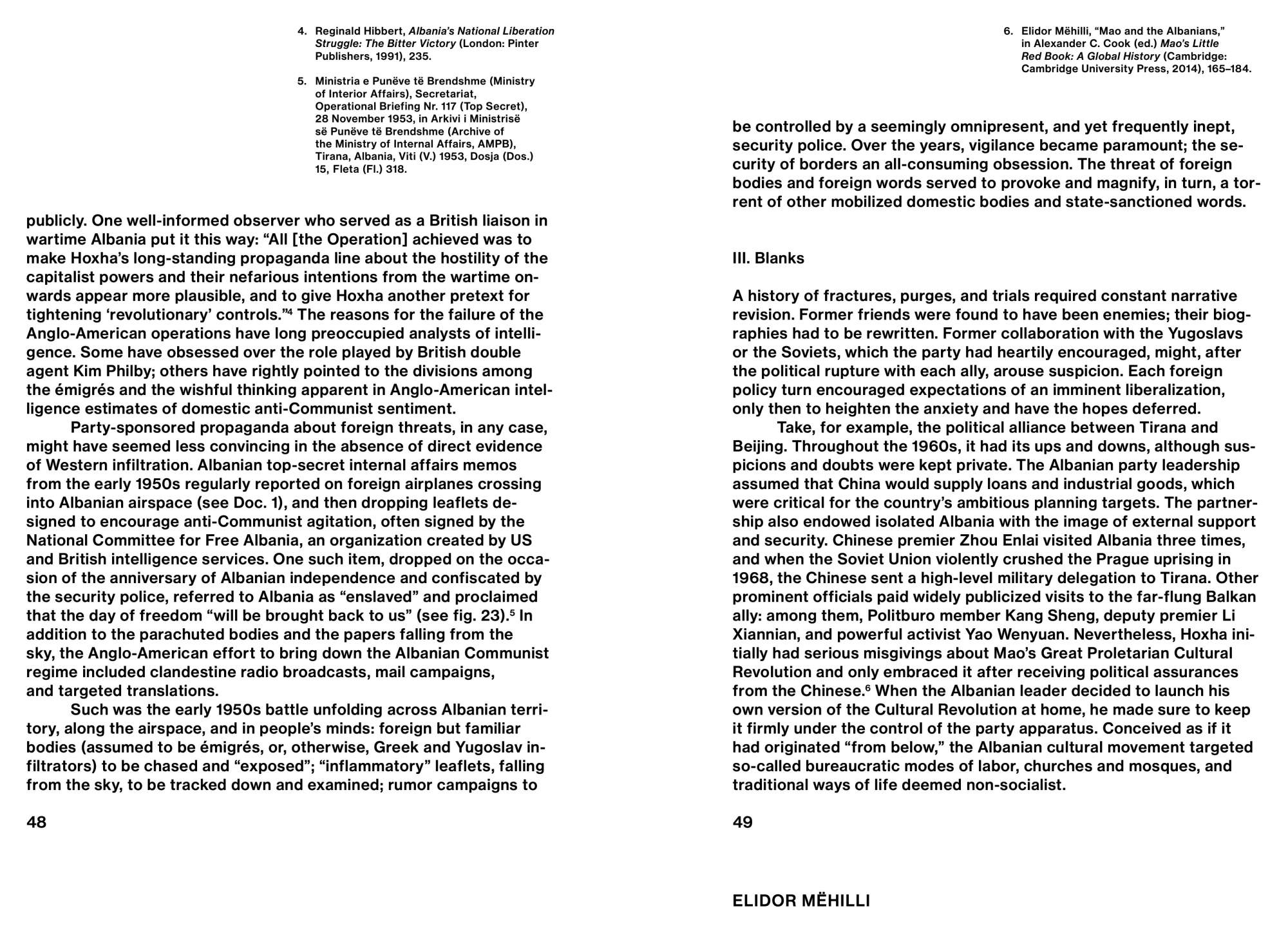
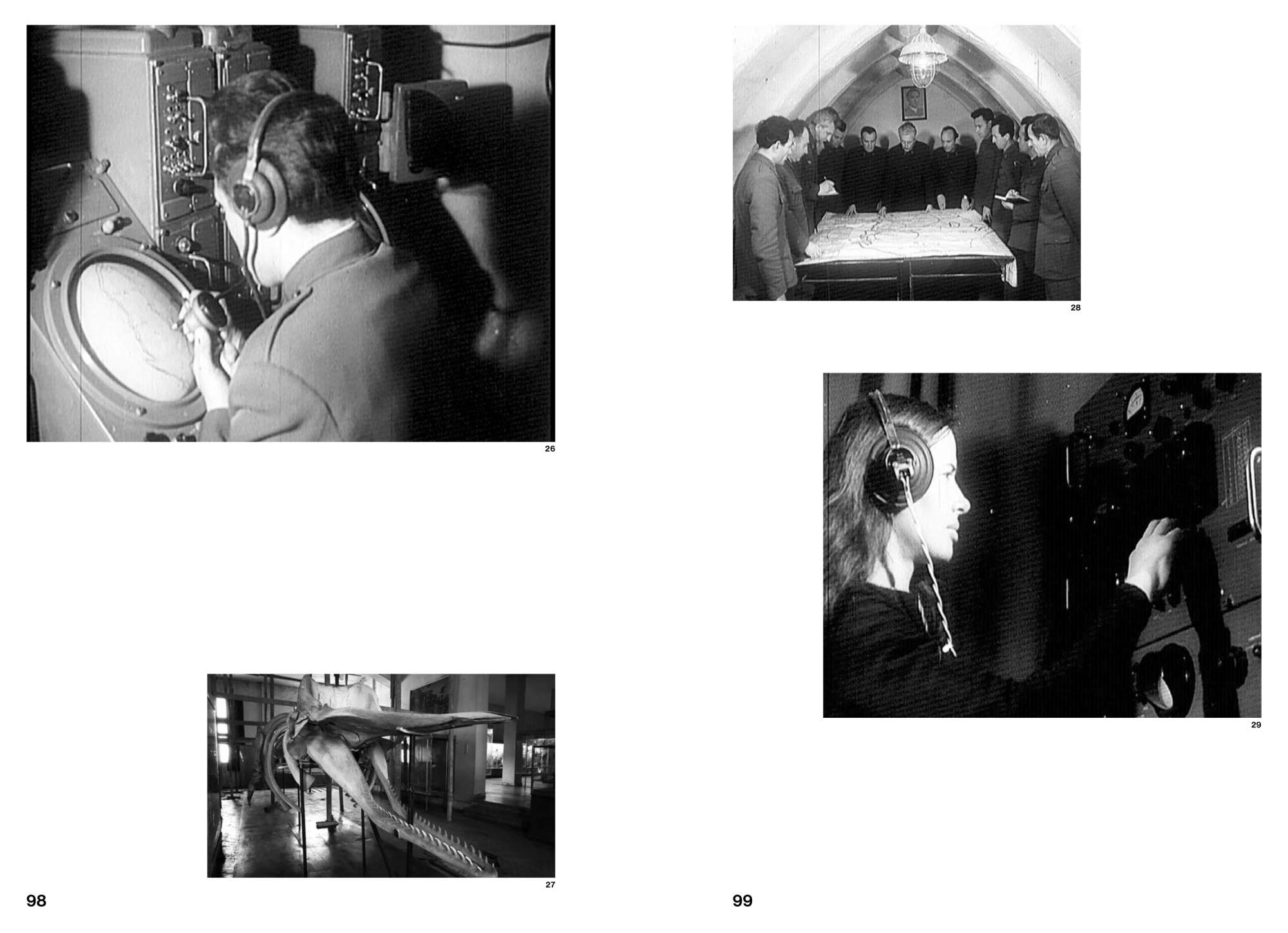
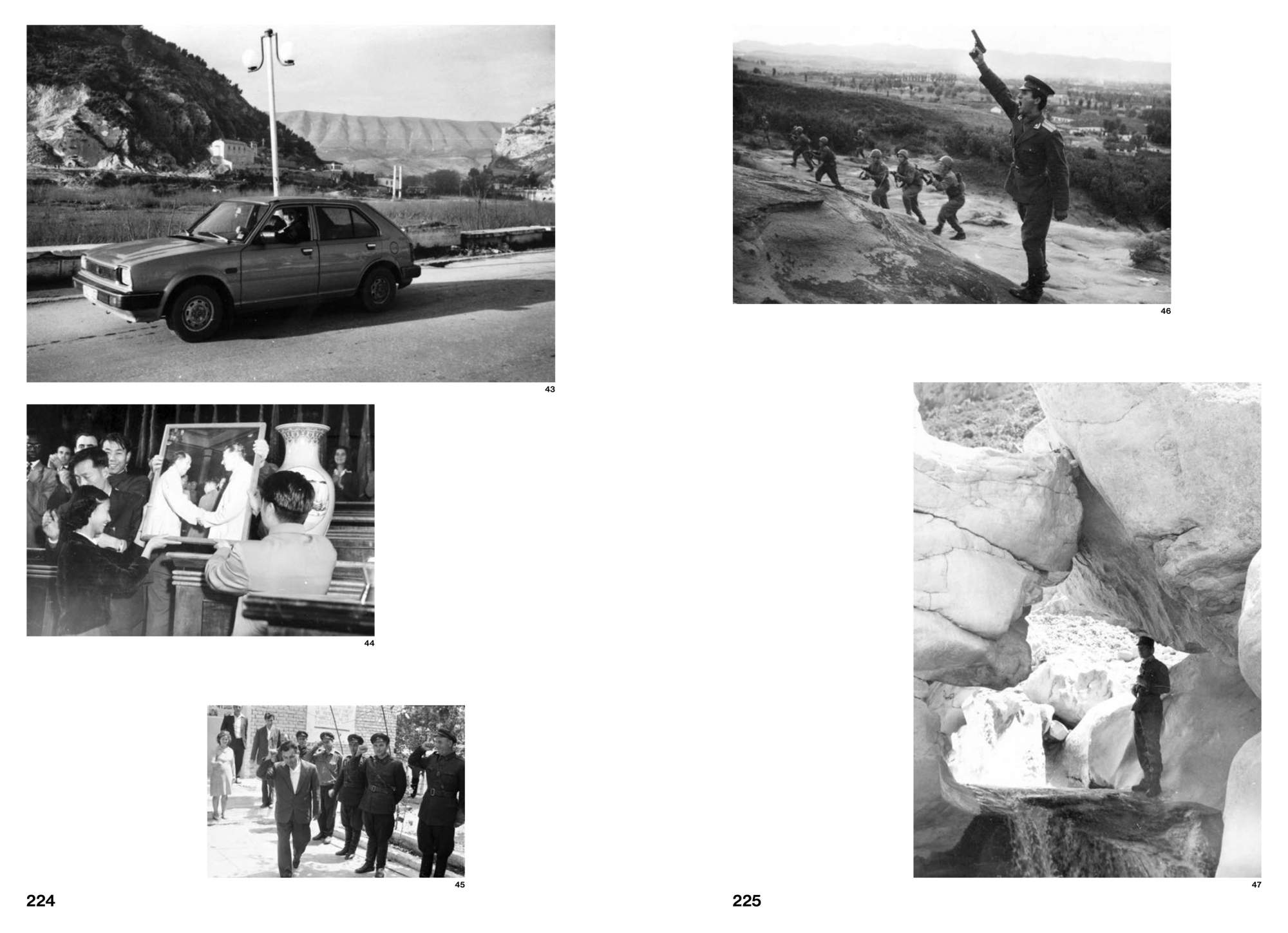
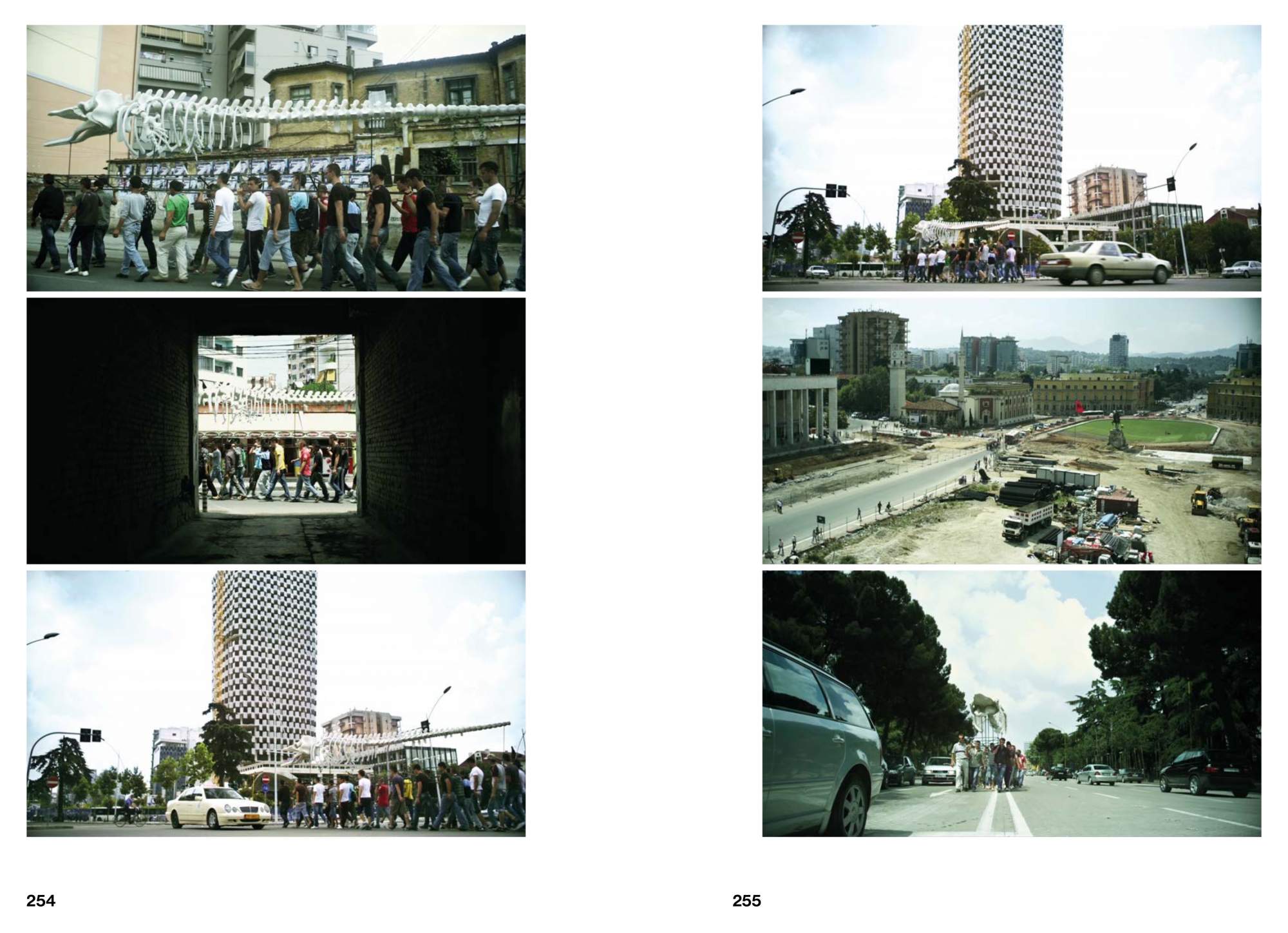
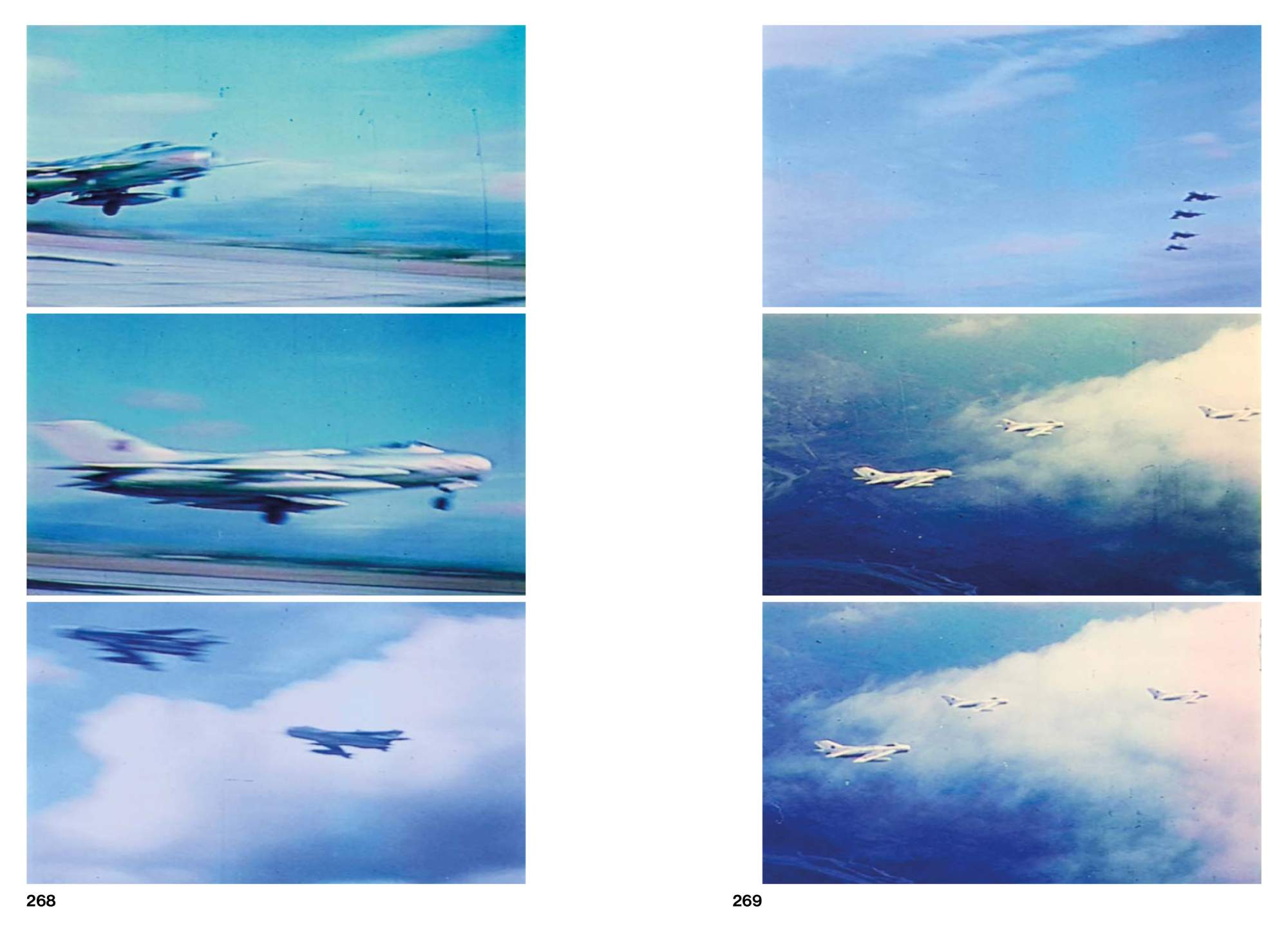
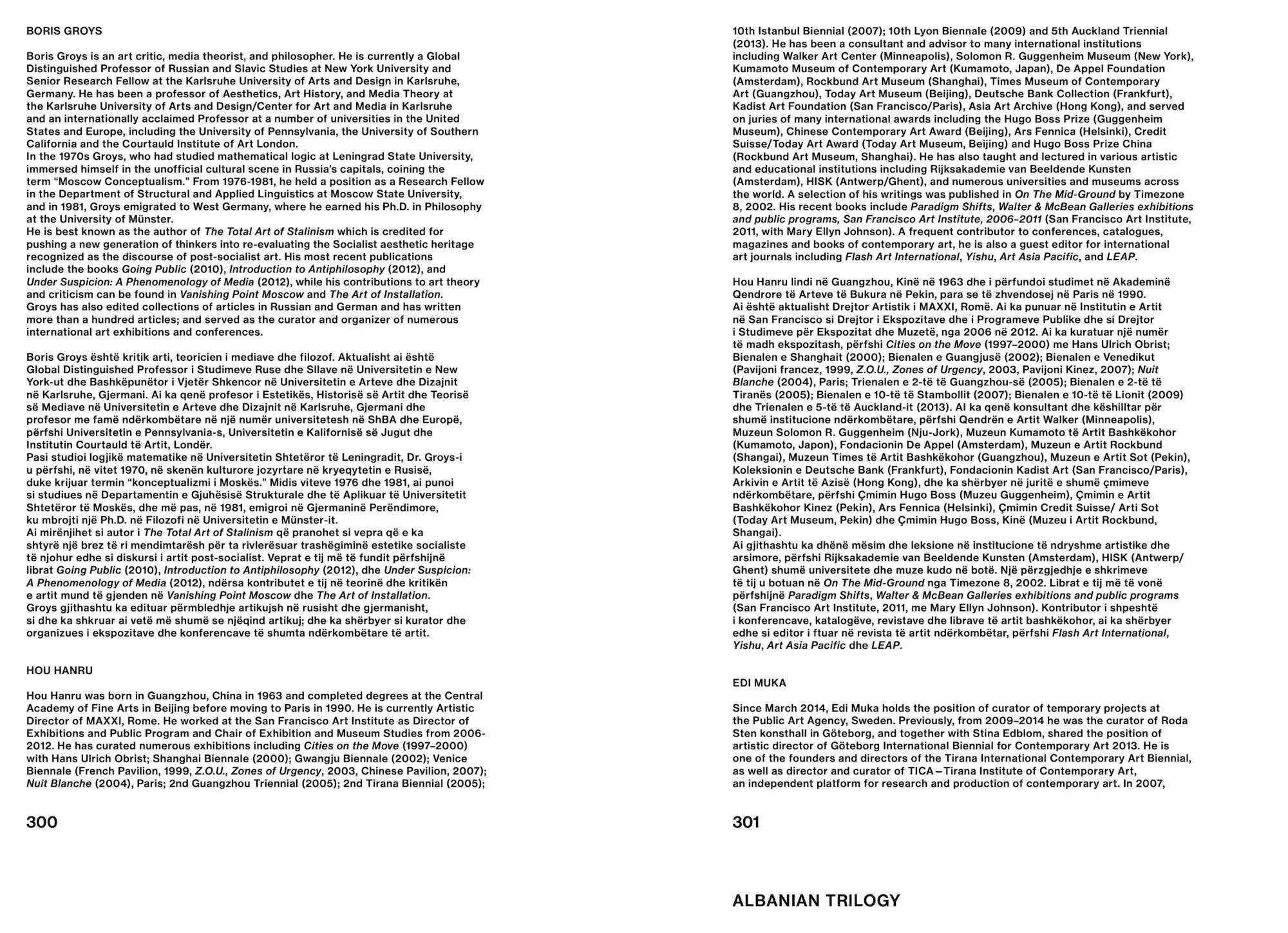
Hardcover
€24.00

